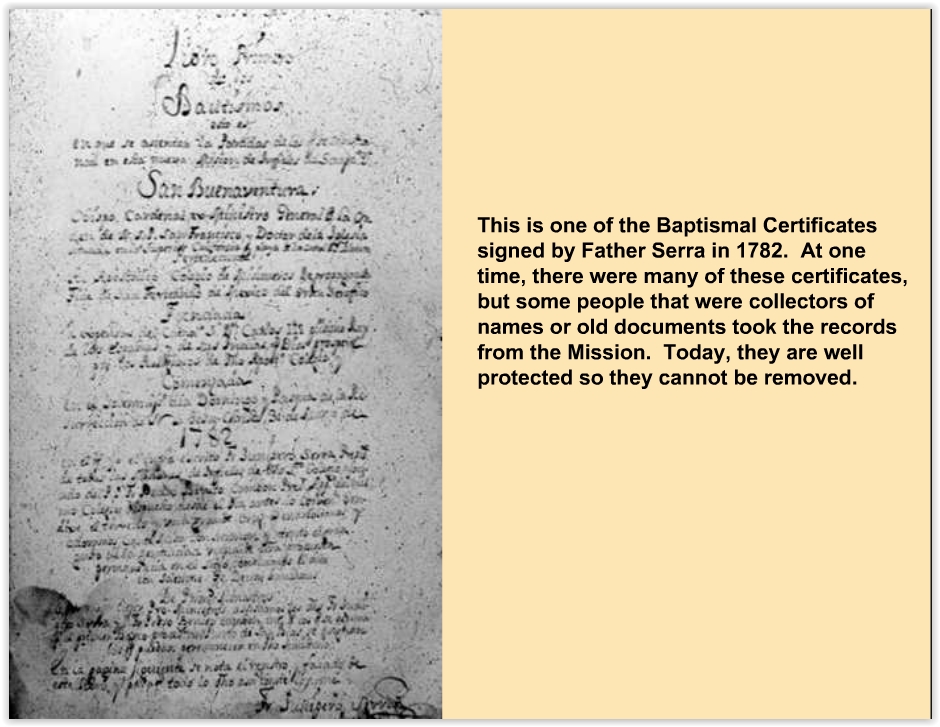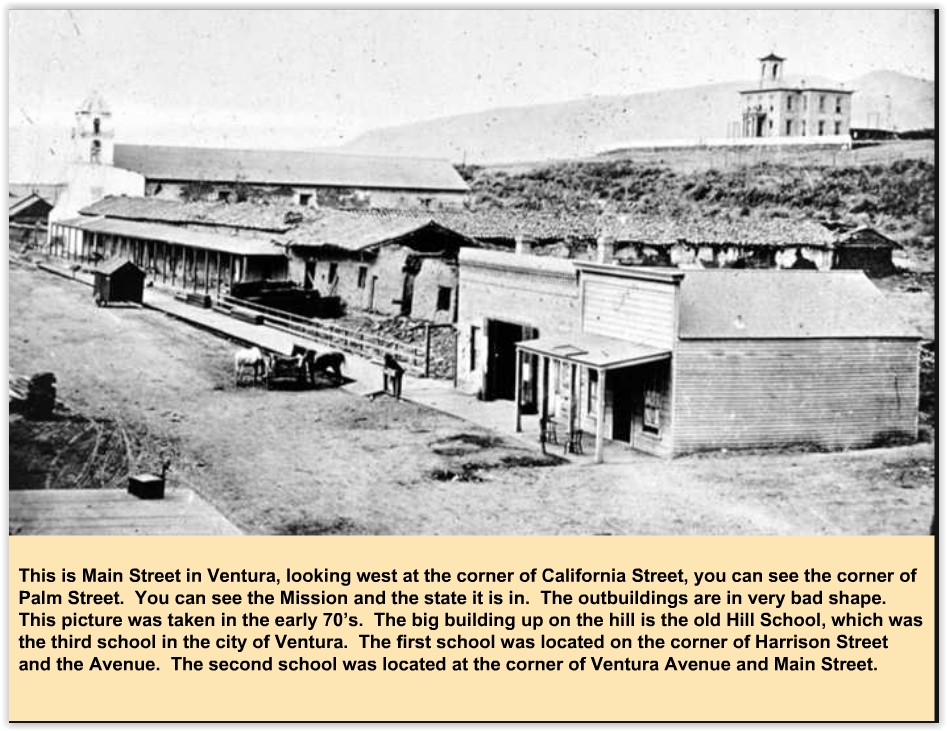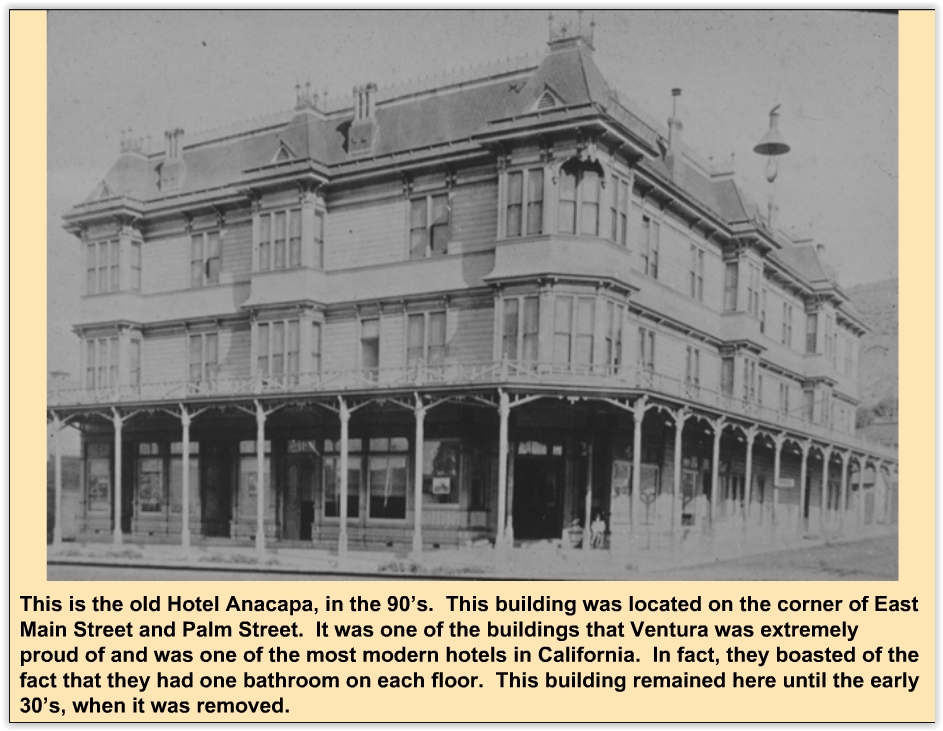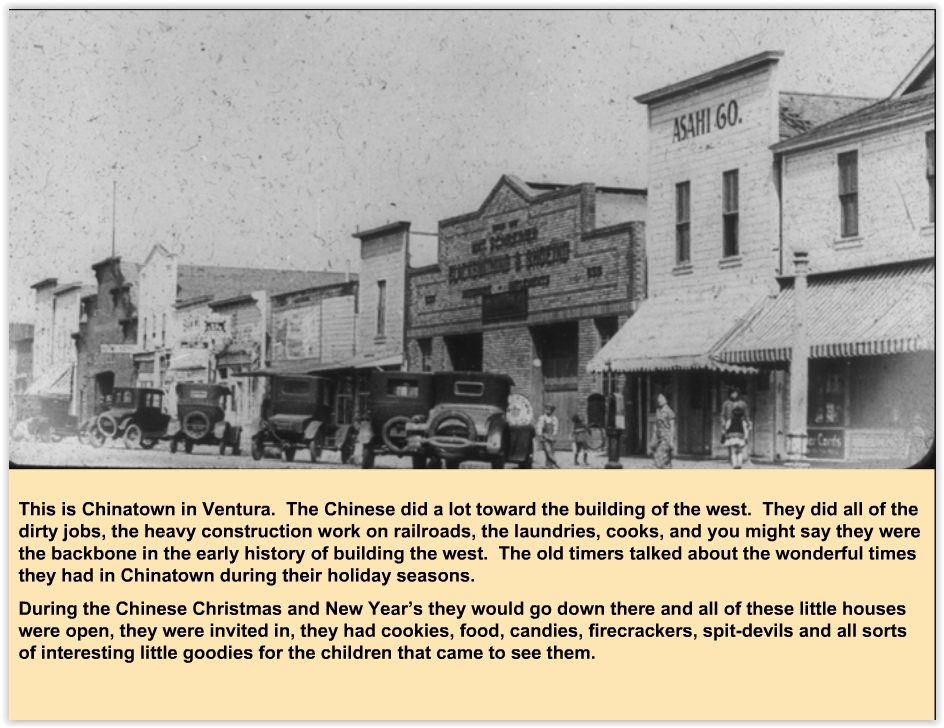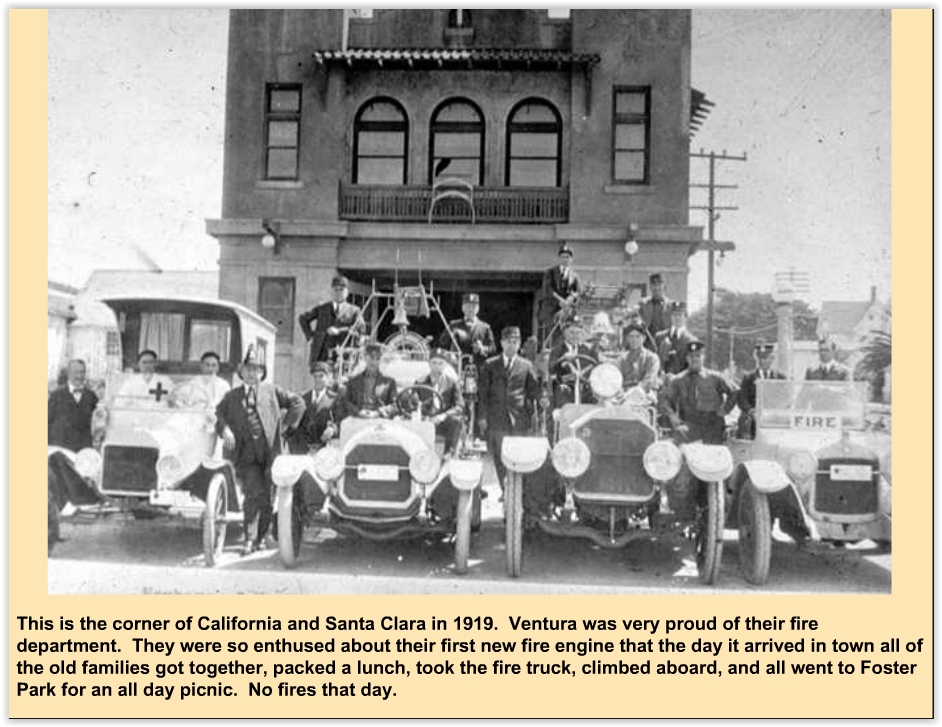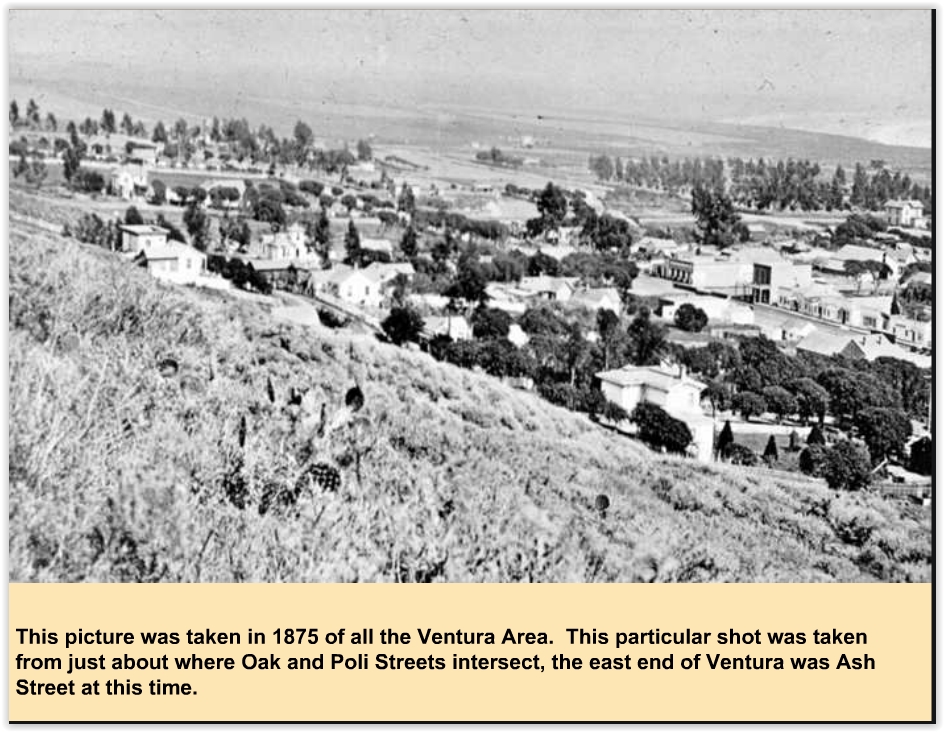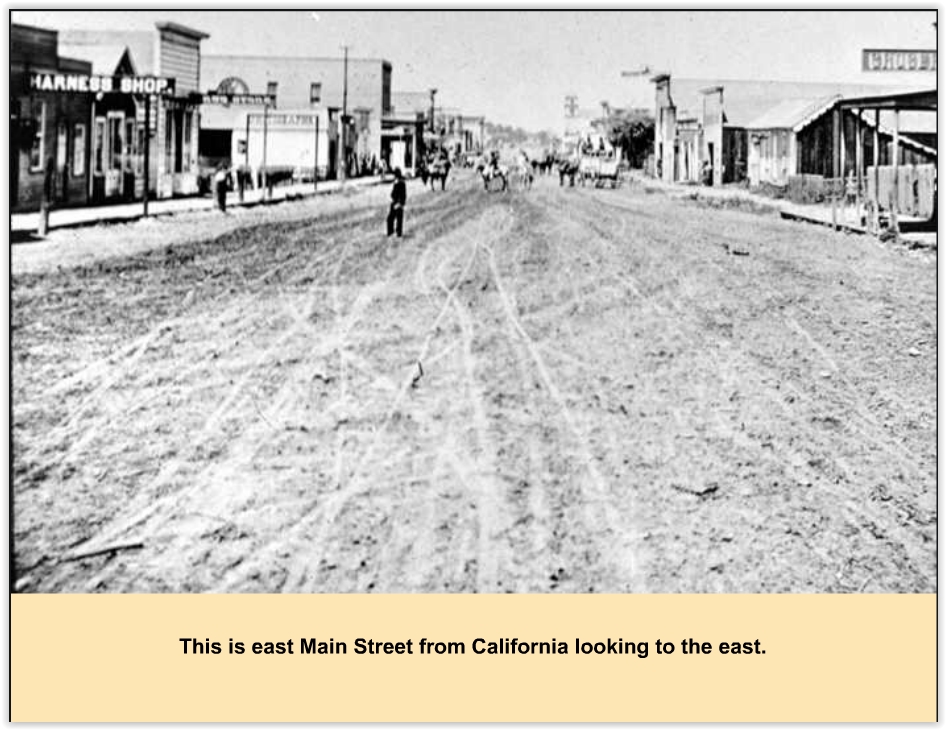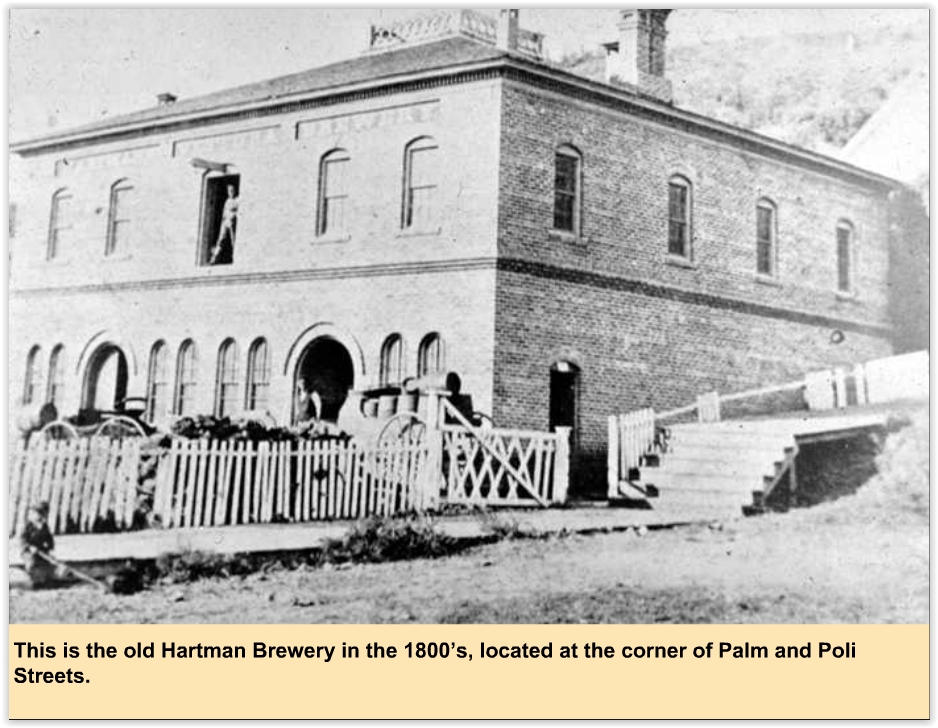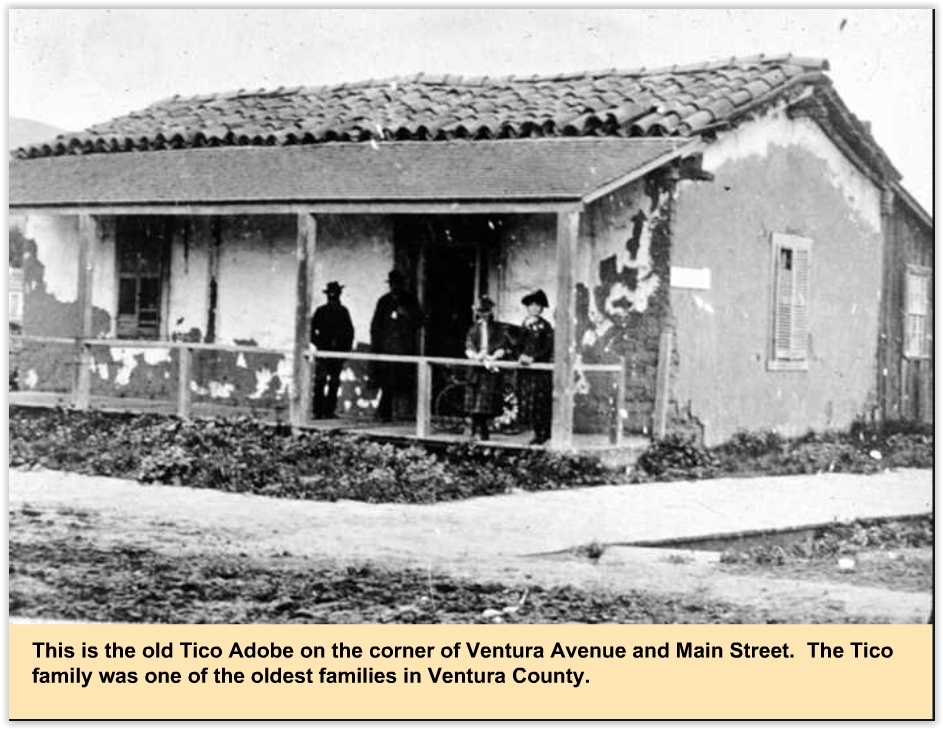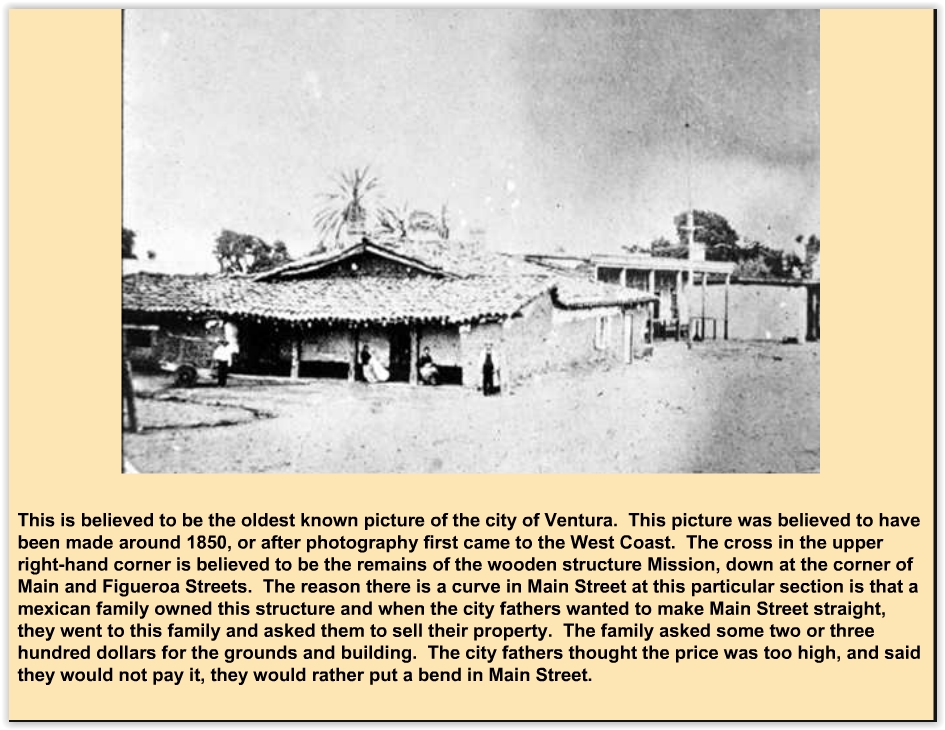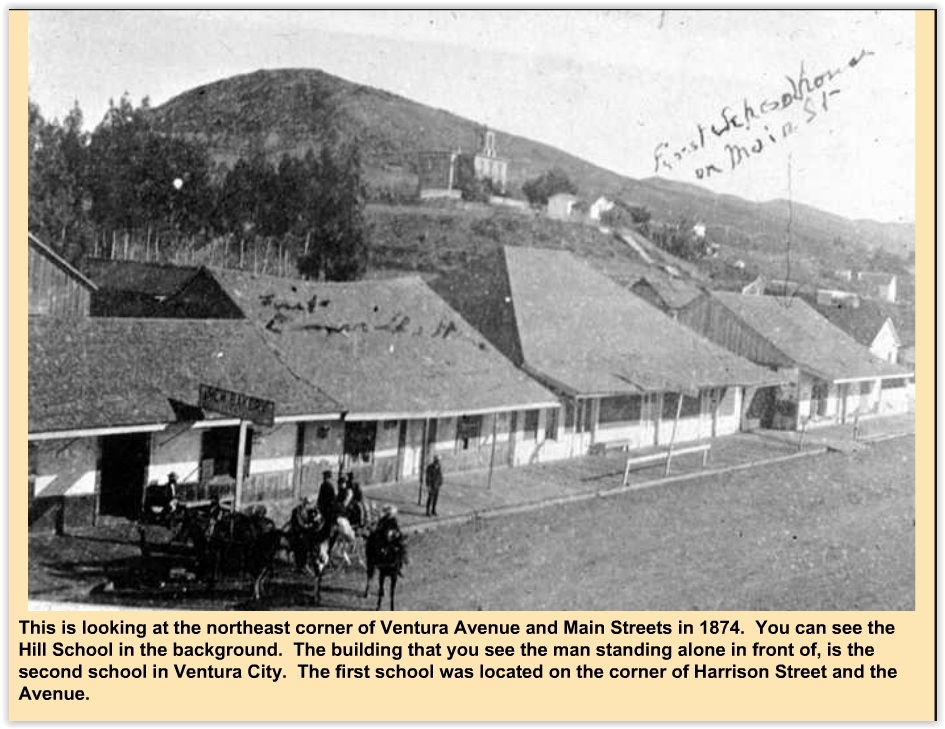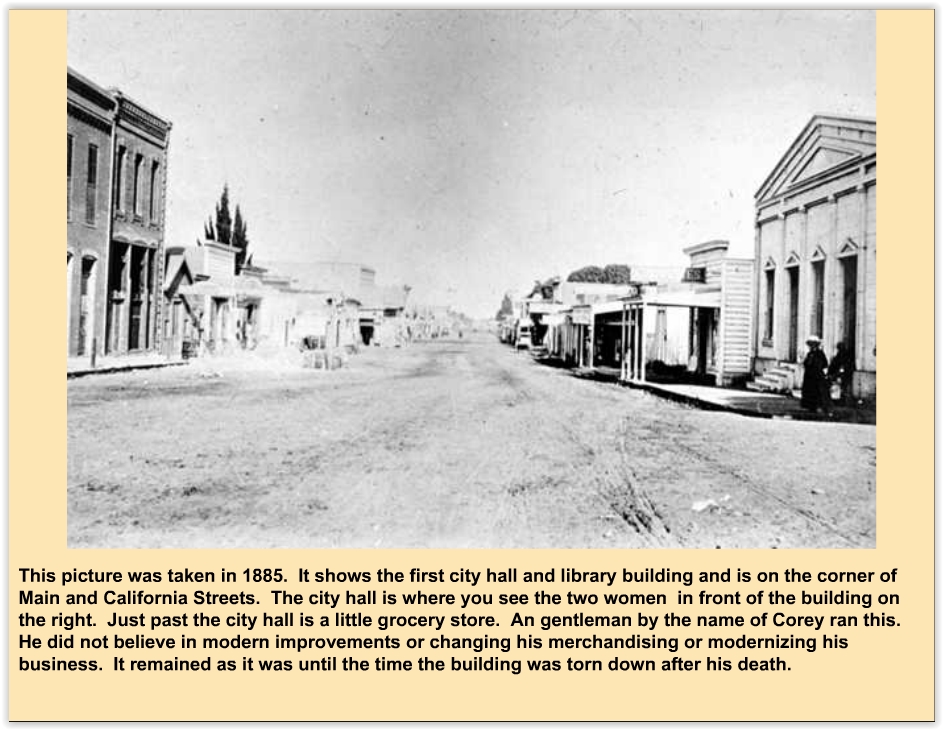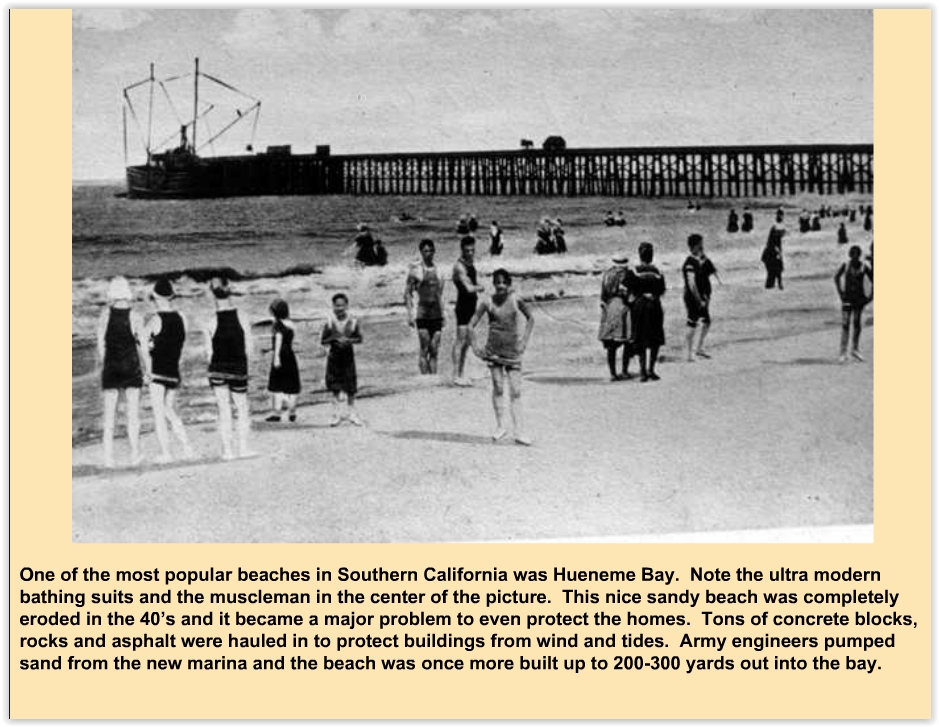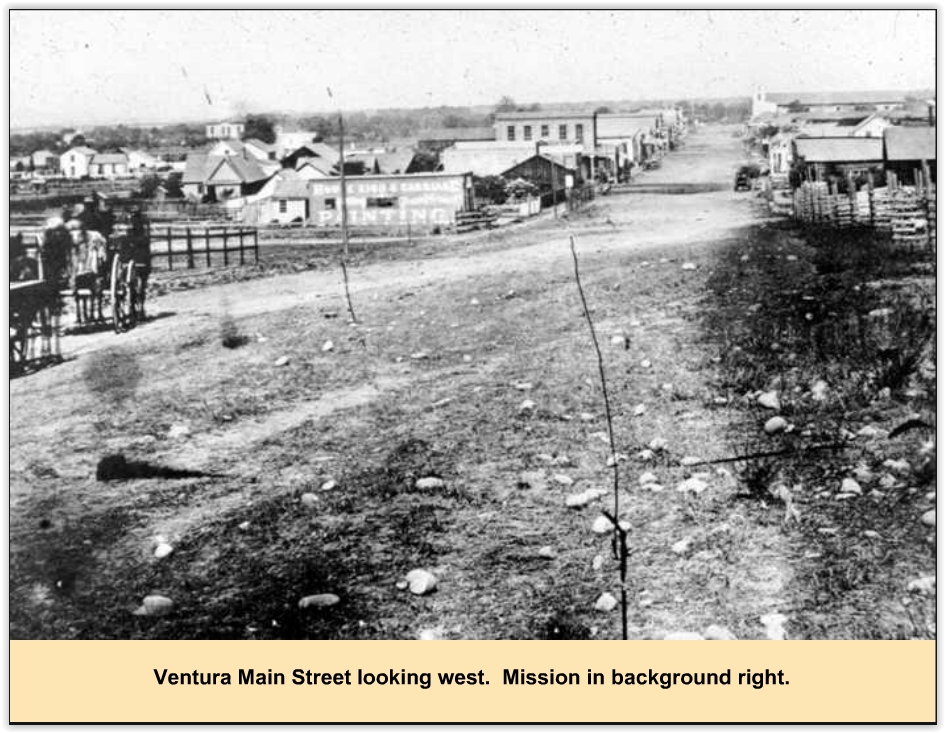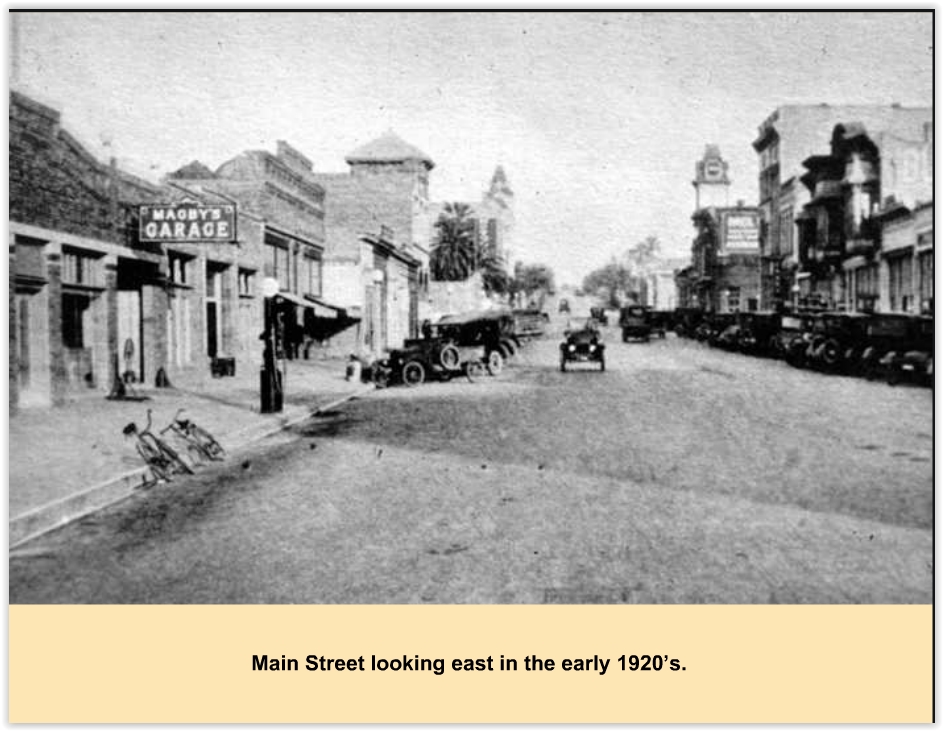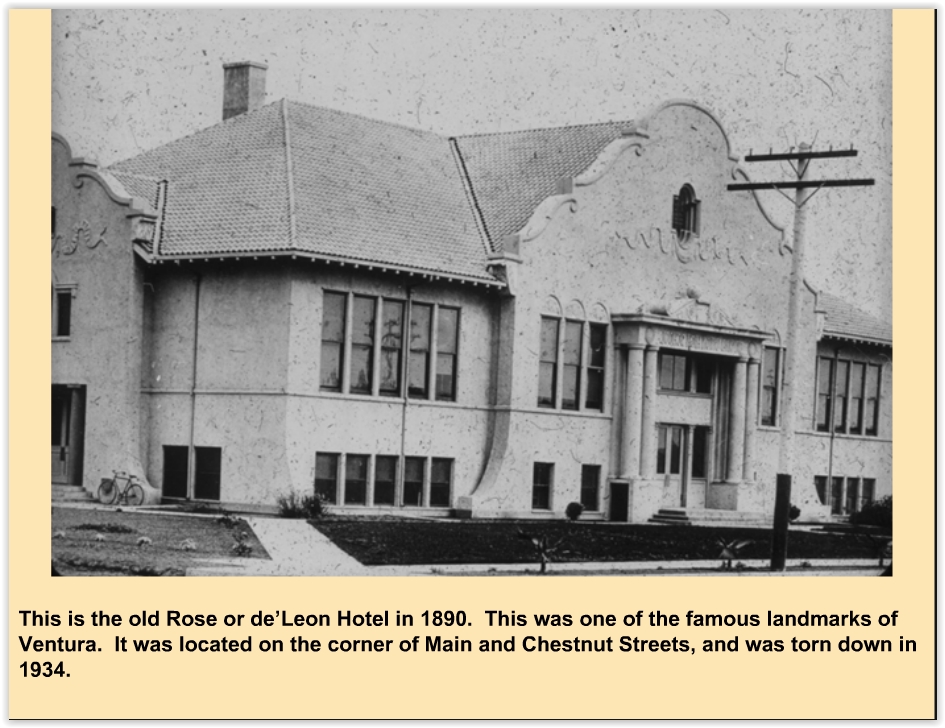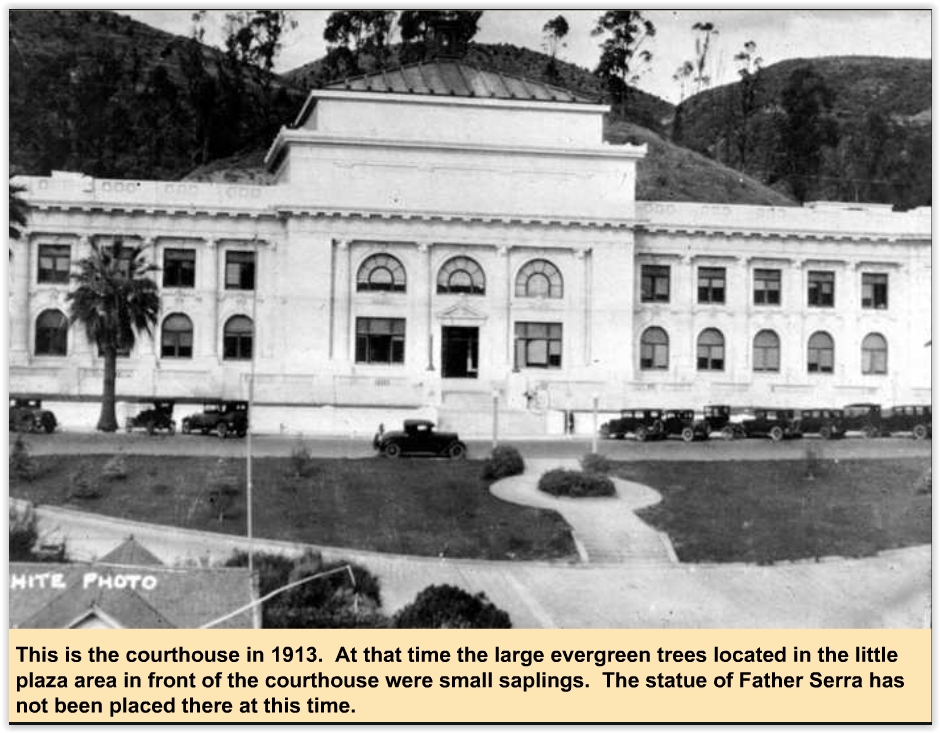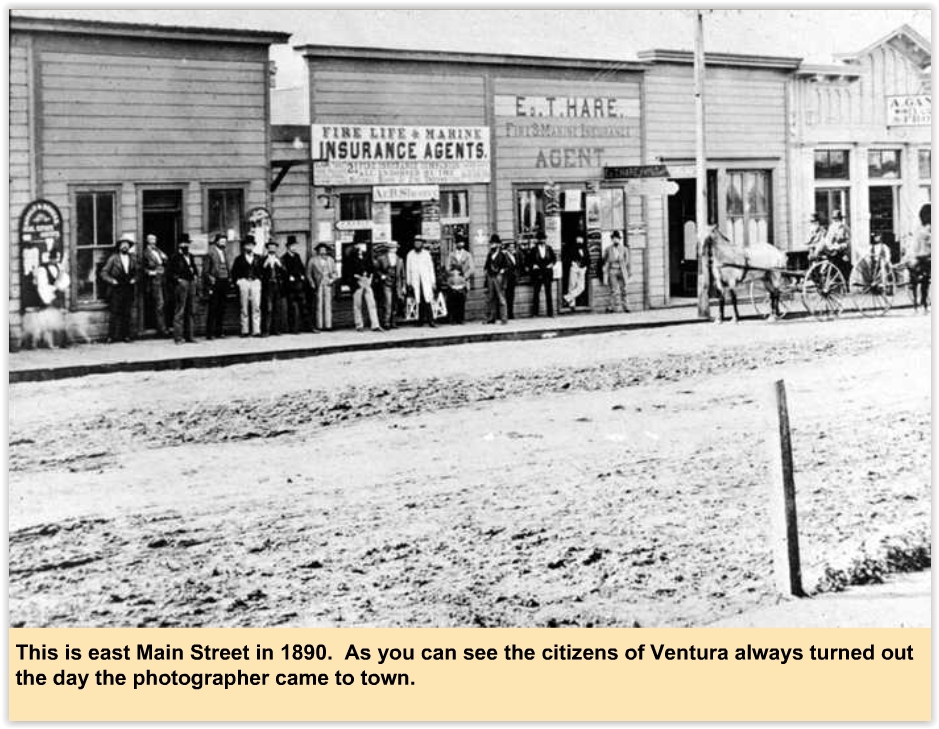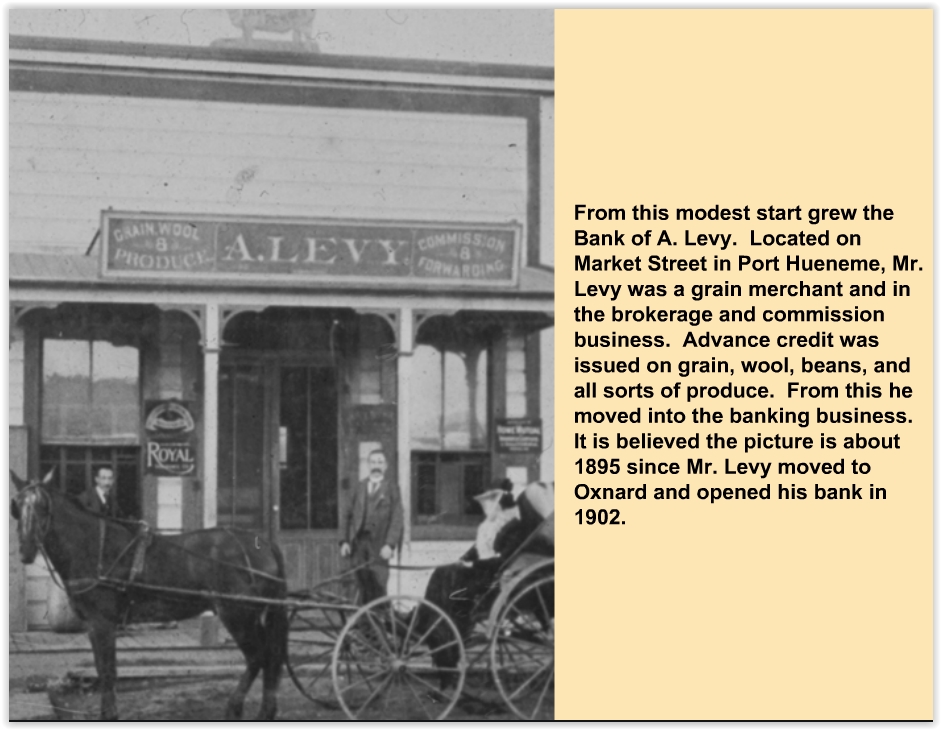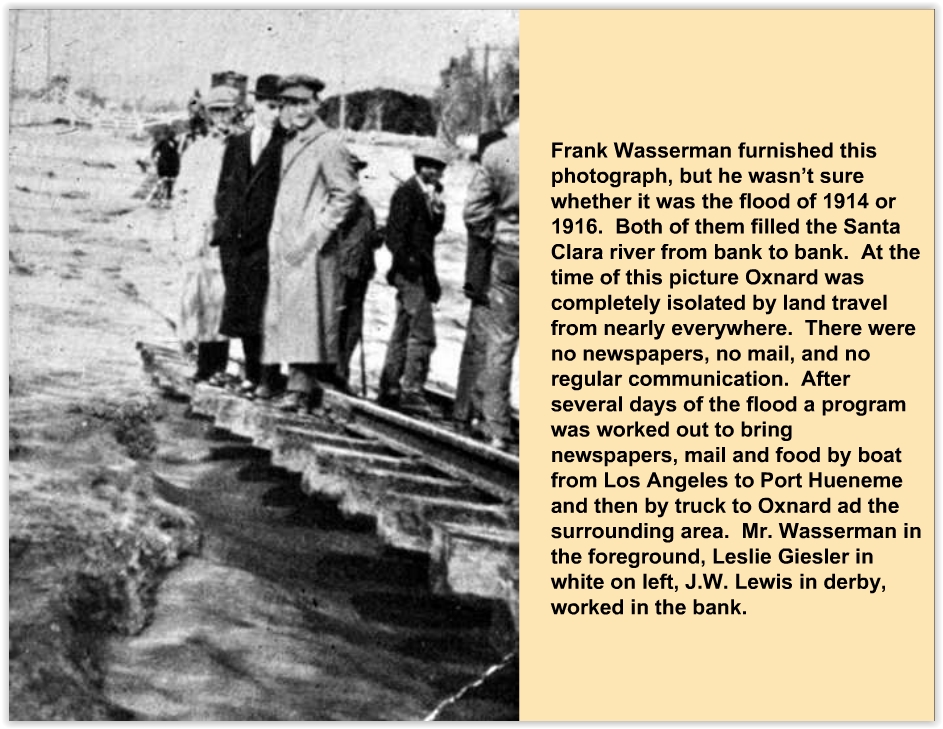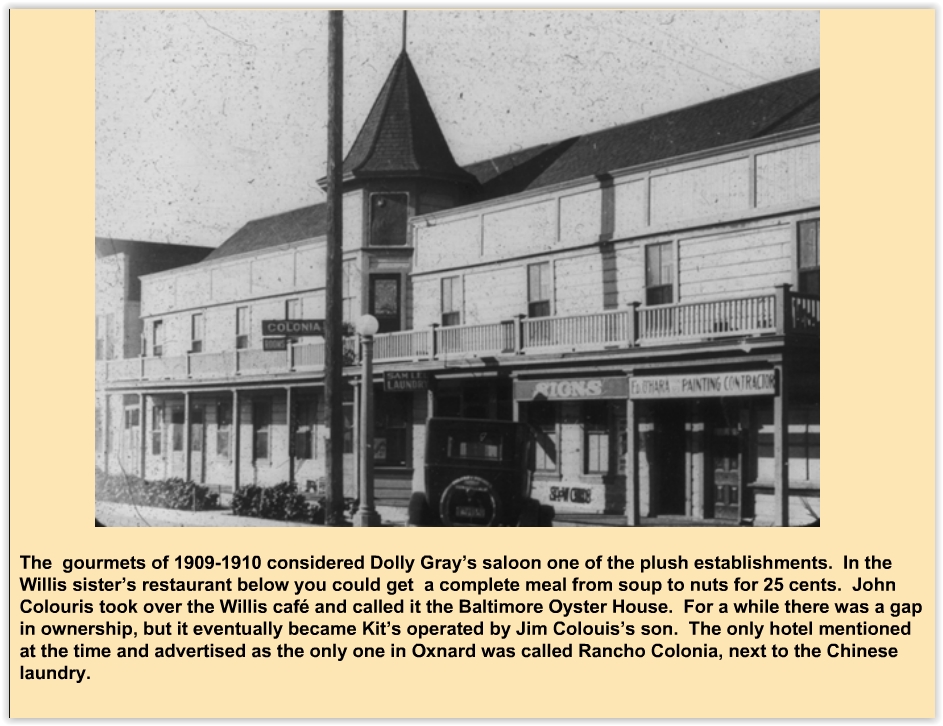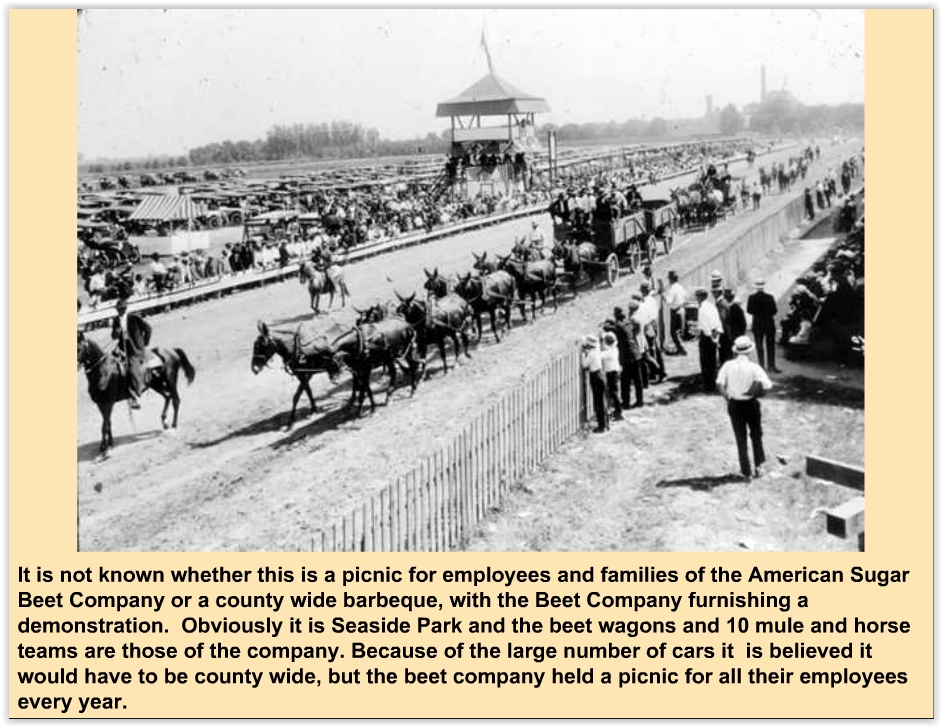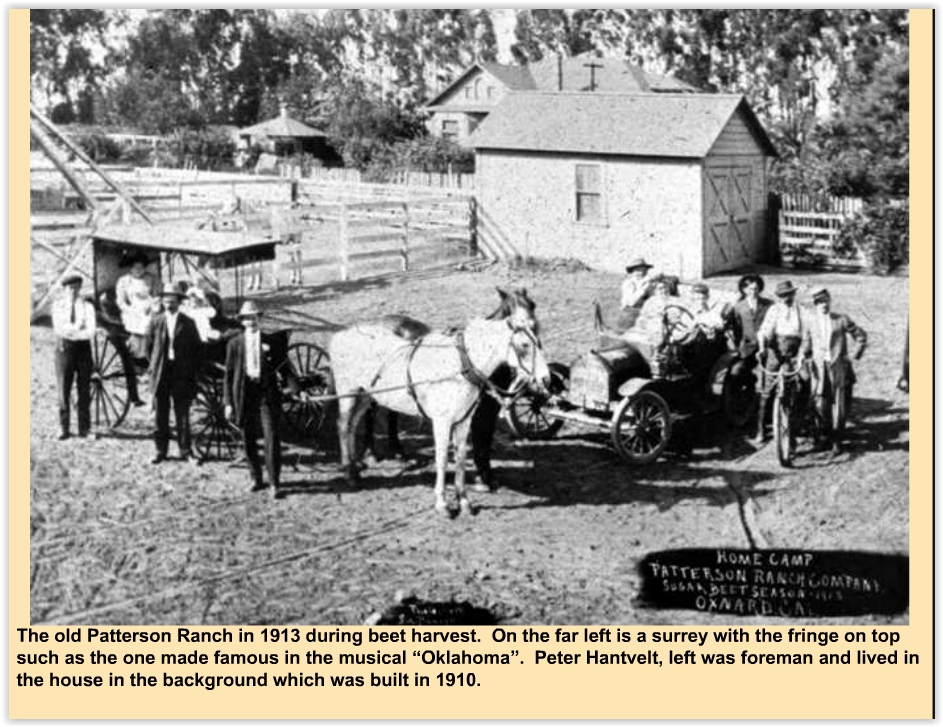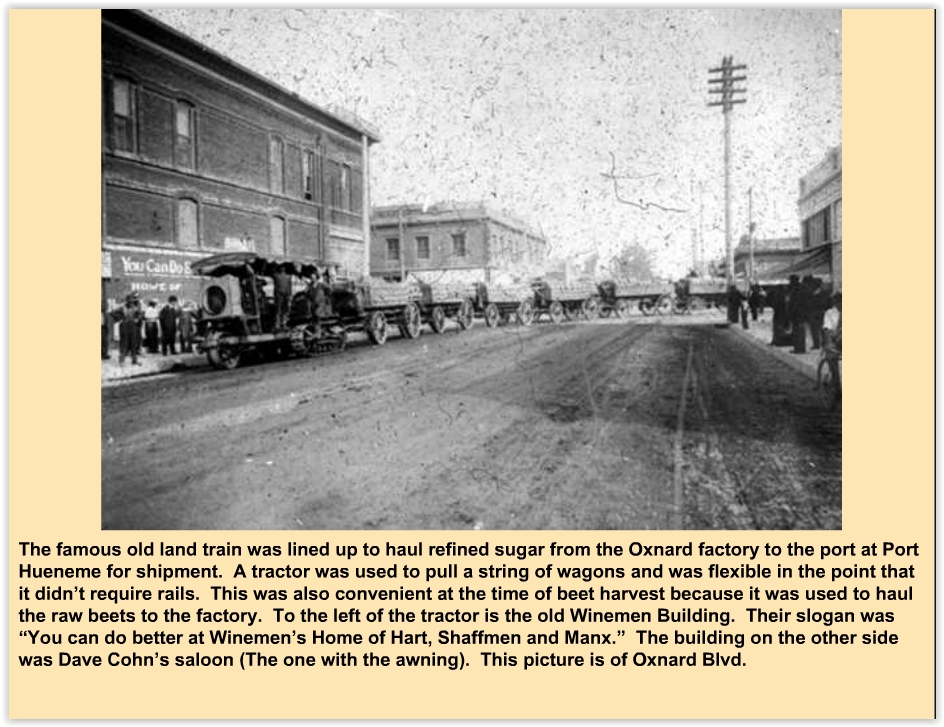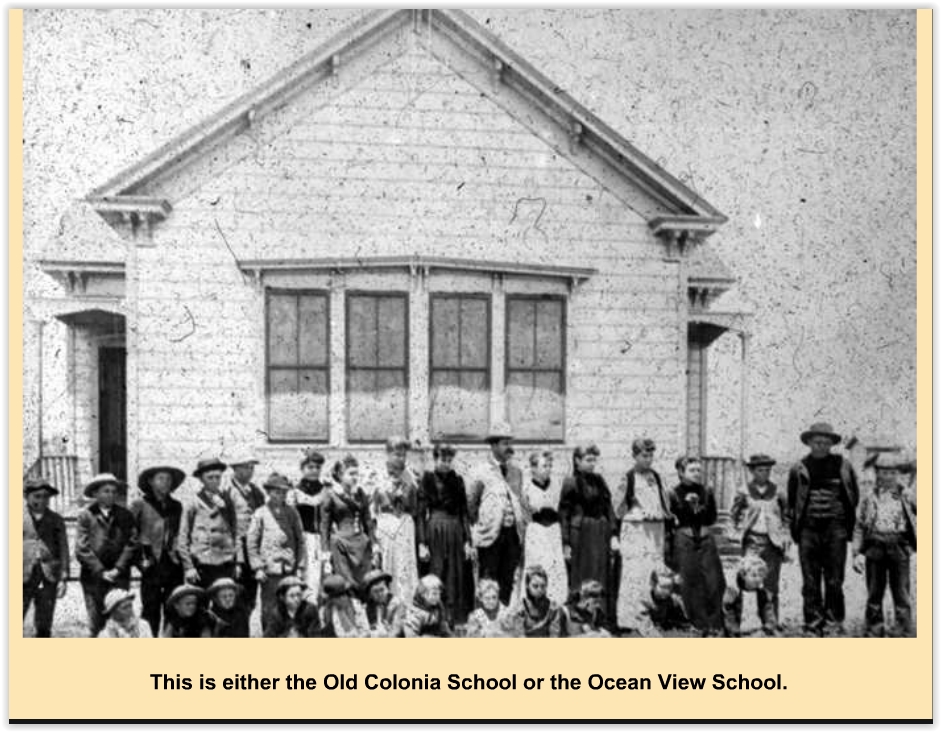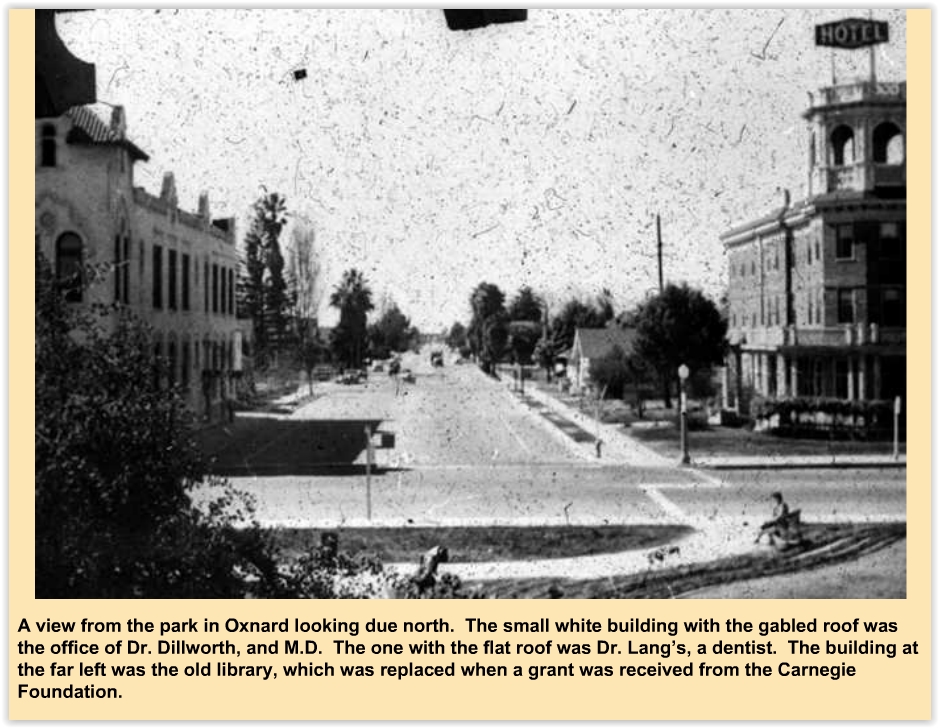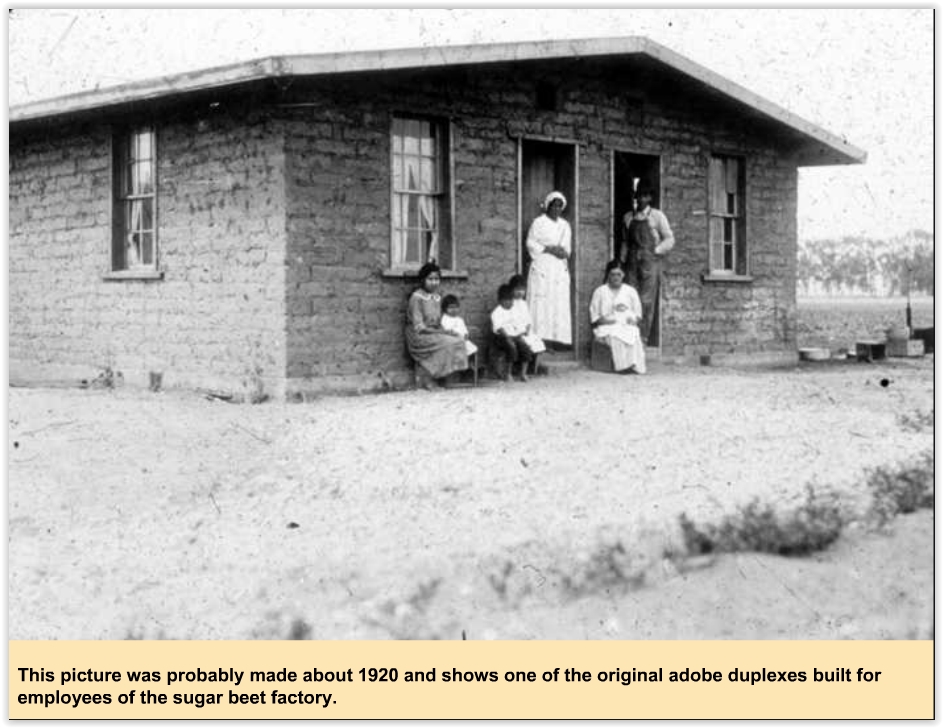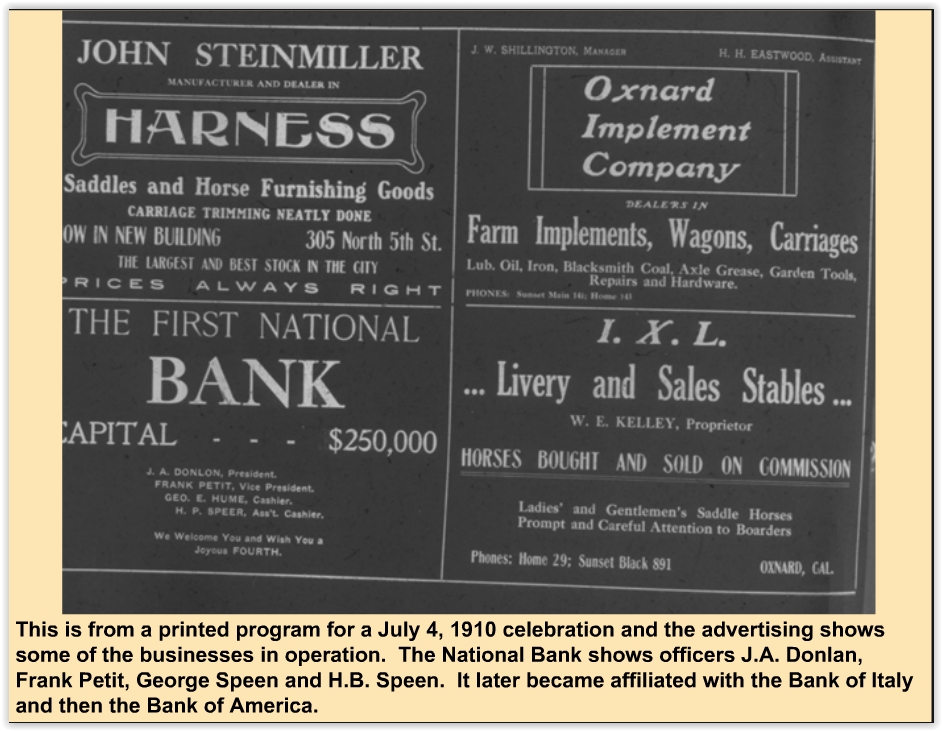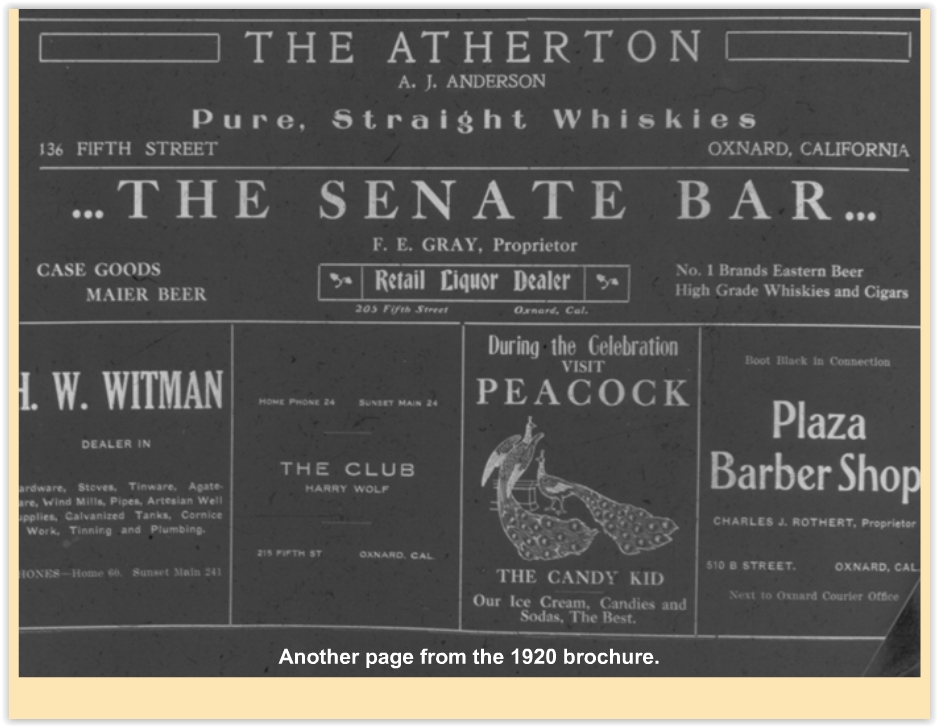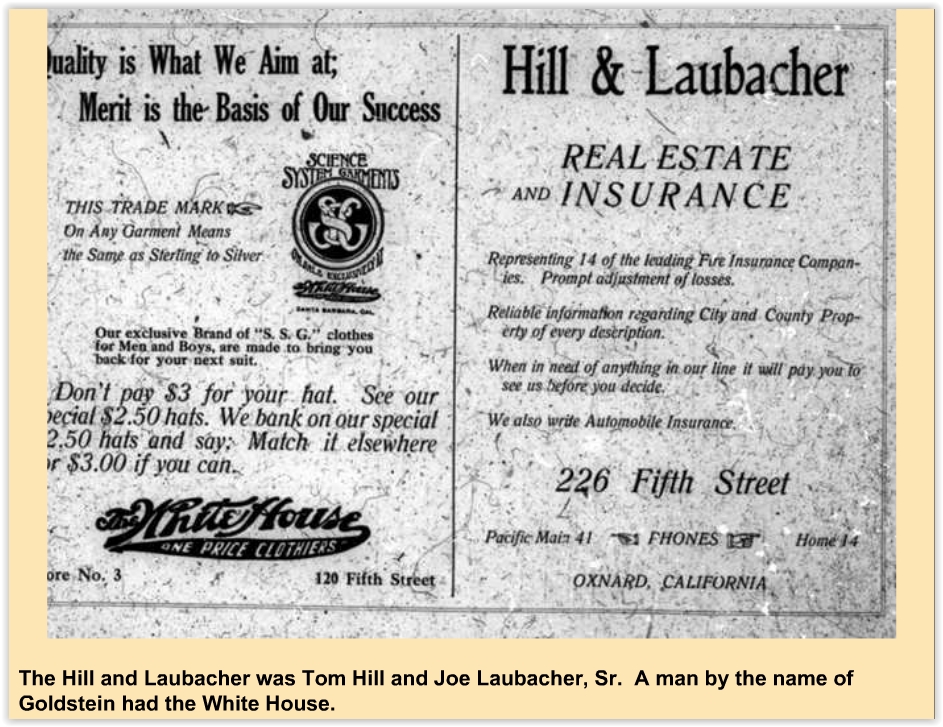The Historic Elizabeth Bard Memorial Building in Downtown Ventura
/Elizabeth Bard Memorial Building in Downtown Ventura is on the National Register of Historic Places.
The Elizabeth Bard Memorial Building is located at Fir and Poli Streets in Ventura. Built in 1901, it operated as the Elizabeth Bard Memorial Hospital for 30 years. This building, listed as a Ventura Historic Landmark and added to the coveted National Register of Historic Places in 1977, is a Mission Revival structure featuring covered terraces and a covered porch with a three-story bell tower at the southeast corner.
In 1932 the building was sold to the County of Ventura and was used as county offices and as a detention facility. Eventually it fell into disrepair and was sold to private investors in 1982, after which it was extensively renovated...but the external facades were preserved.
Now it is home to a variety of businesses. Yours truly worked in this building for about a year many years ago. Great location! Close to the Ventura Botantical Gardens Trail, which is making a comeback from the Thomas Fire of 2017.
While the building is not open to the general public (unless you are visiting one of the businesses located in it), it is worth admiring this beautiful and historic part of Ventura County.
Elizabeth Bard Memorial Hospital in 1910.









